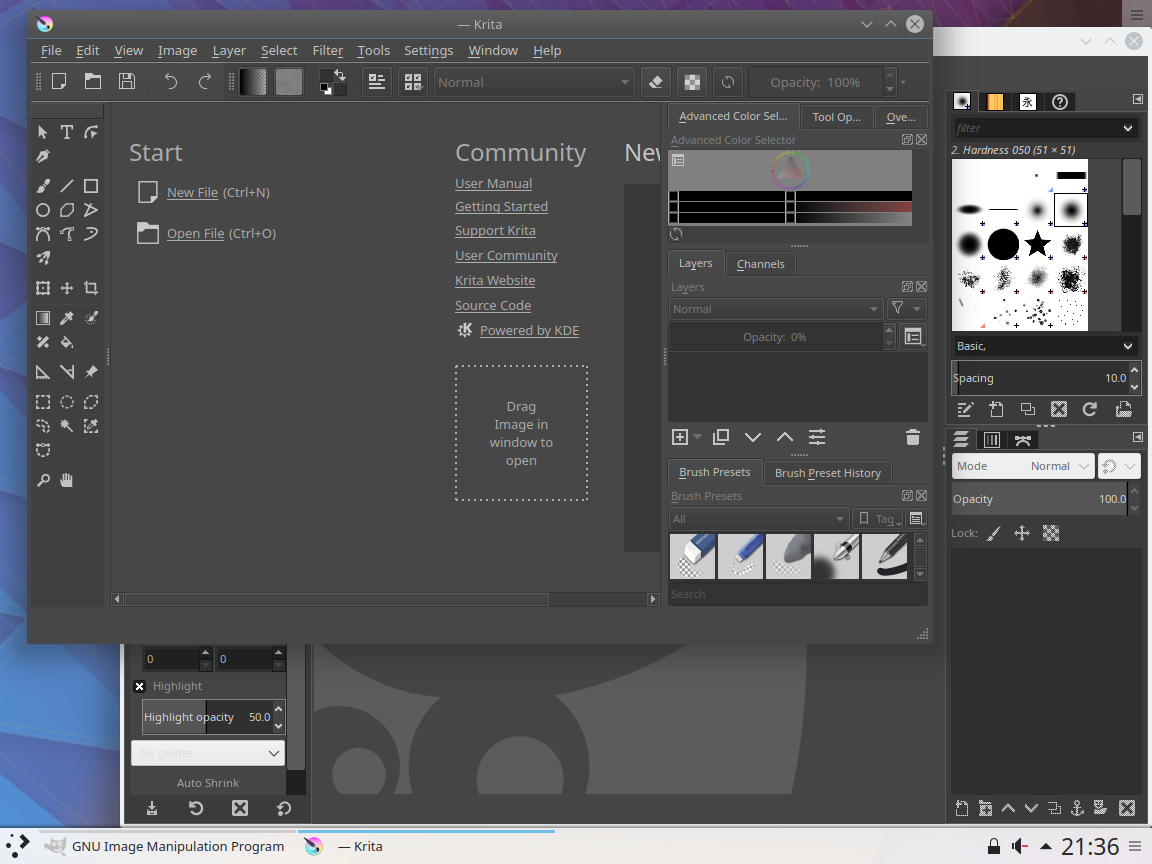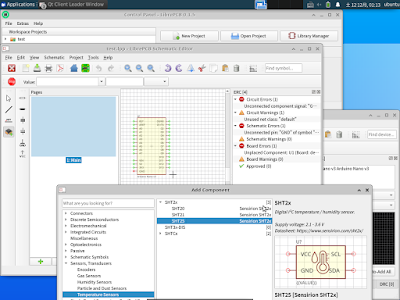
- Tigervnc docker how to#
- Tigervnc docker install#
- Tigervnc docker software#
- Tigervnc docker free#
- Tigervnc docker windows#
Tigervnc docker how to#
I will show you how to do that with Nginx, however with other web servers (like Apache 2) the process will be very similar. To access a noVNC server running on the Rasbperry Pi over the internet using Husarnet VPN, we need to configure a web server program that handles IPv6 better than a simple server working by default with noVNC.

Tigervnc docker free#
Husarnet is free to use for up to 5 devices, without any transfer limits. Husarnet infrastructure is used to help your devices find each other over the Internet, even if they do not have a static IP addresses, or are behing NAT's and firewalls. Husarnet is trying to establish a direct, peer-to-peer connection between your devices (with a fail-over route over Husarnet Base Servers), so latency is minimized and you do not need to worry about configuring a VPN server. So from your applications point of view it's like a network adapter with IPv6 (but works over physical IPv4 or IPv6 networks provided by Ethernet, Wi-Fi, LTE or 5G). Husarnet Client creates a virtual network interface on the level of your operating system.

Our choice is Husarnet VPN Client, because it works peer-to-peer so the latency to our VNC server will be minimized in comparison to solutions based on central cloud/server software. To access a Raspberry Pi over the Internet, we need to configure a VPN service, because our computers don't have static IP addresses. In the article I present how to make a remote desktop to a Raspberry Pi (Raspberry Pi OS or Ubuntu 20.04), which is hidden behind a NAT and a firewall, from a level of my laptop (Ubuntu 20.04 OS). I will also show you how to access remote desktop of your computer over the Internet even if it doesn't have a static IP, or is hidden behind a NAT or a firewall. In this article I will show you how to configure one of them - TigerVNC which works great, is open source, multiplatform and is completely free. Some of them are open source and free to use, but many of them are quite expensive. There are many different solutions available using RDP, RFB (VNC) or proprietary protocols.
Tigervnc docker software#
Note - If from this Linux server you are connecting to another server and want to forward X11 back to your Windows, you just need to connect to the next in the chain with ssh -X.Remote Desktop Software helps you access your headless (without physical display, mouse or keyboard) computer or server desktop over the network.
Tigervnc docker windows#
Make sure all conditions here are met in Linux server - that is X11Forwarding is yes and xauth is present as explained in the answer įire up XClock and wait a minute for the display to appear in your Windows machine
Tigervnc docker install#
Step 1: Install a XServer in Windows : Example XMing Server (listens on localhost:0.0)

If you are doing ssh from Windows to a Linux system - do yourself a favour and use a SSH client like Putty ( regular ssh -X etc does not work). Only that instead of a VNC viewer you need to install a XServer in Windows and the Linux should have a XClient (The rest of the connection is not shown) Use putty and create a SSH tunnel from Windows machine to Server X. Start the VNC Service ( or even if you run the vnc as a process it should be fine) sudo systemctl start that VNC port is open. Install tiger-vnc server or some other VNC server in Server Y Also note that we can do X11 forwarding also, but VNC is more compressed and faster However there is no direct connection from our Windows machine to Server Y. Say we need to view the desktop of a Linux Server Y from our Windows machine. Tunnelling display/GUI through VNC and X11 from Linux to Windows VNC


 0 kommentar(er)
0 kommentar(er)
